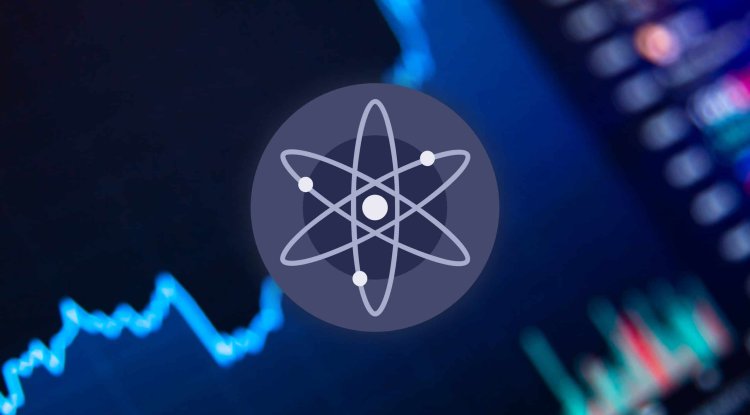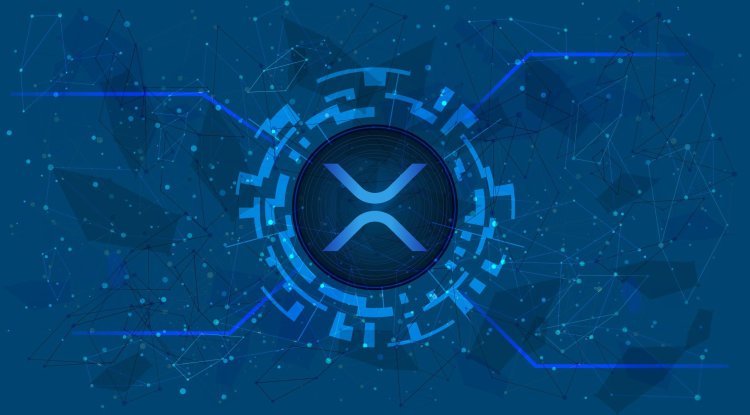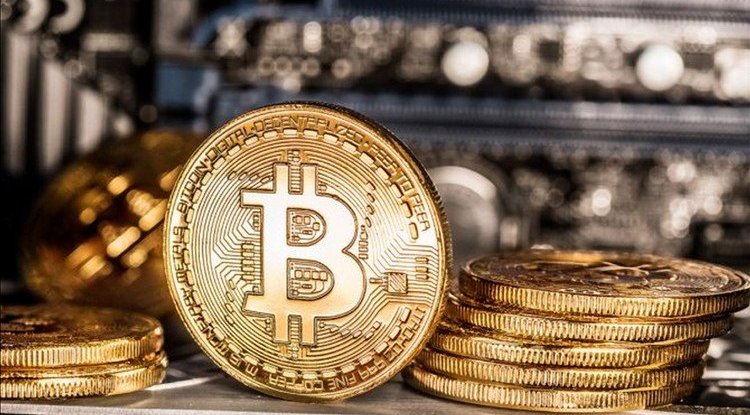What is Cosmos and ATOM token?

In short, Cosmos considers itself a project that solves some of the “most difficult problems” facing the block industry. It offers a better ecosystem of connected blocks. Other project goals include confirmation that blockchain technology seems less complex and difficult for developers, thanks to a modular framework that demystifies decentralized applications. Last but not least, the inter-block communication protocol facilitates blockchain communication with each other, preventing fragmentation in the industry.
The origins of Cosmos can be traced back to 2014, when Tendermint, the network’s main contributor, was founded. In 2016, the project documentation (white paper) for Cosmos was published and the sale of tokens was held the following year. ATOM tokens are earned using a hybrid investment confirmation algorithm and help keep Cosmos Hub, the leading blockchain project, secure. A cryptocurrency that manages a network. Who are the founders of Cosmos?
The co-founders of Tendermint, the entrance to the cosmos ecosystem, were Jae Kwon, Žarko Milošević and Ethan Buchman. Although Kwon is still listed as the chief architect, he has stepped down as executive director in 2020. He claims he is still part of the project, but is mainly focusing on other initiatives. He has now been replaced by Peng Zhong as CEO of Tendermint, and the entire board has received significant refreshments. Their goals include improving the experience for developers, creating an enthusiastic community for Cosmos, and building educational resources to make more people aware of what this network is capable of. What makes Cosmos unique?
Of great concern to some in the cryptocurrency industry is the level of fragmentation observed in blockchain networks. Many levels exist but only a few can communicate with each other. Cosmos aims to turn this upside down by enabling just that.
Cosmos is described as "Blockchain 3.0". Modular software development allows you to easily build a network using pre-existing pieces of code. In the long run, we hope that this will make it easy to construct complex applications.
Scalability is another priority, which means that significantly more transactions can be processed per second, unlike Bitcoin and Ethereum. For blockchain to ever achieve general adoption, they will have to deal with demand as well as existing payment processing companies or websites, or simply be even better. How many tokens are in circulation?
ATOM has a very specific total offer, namely 260,906,513. Of these, at the time of writing, there were about 222,673,460 in circulation. These cryptocurrencies are not mined but are earned but earned. Two private sales were held in January 2017, followed by a public sale in April of the same year. This raised a total of $16 million, the equivalent of about $0.10 per ATOM.
Breaking the token distribution, about 80% was allocated to investors, while the remaining 20% was divided between two companies: All In Bits and the Interchain Foundation. Cosmos compared ATOM tokens to ASIC machines used for bitcoin mining. As a technical document written by the Tendermint team explained: “It’s part of the virtualized hardware (economic capital) that you have to procure in order to participate as network custodians.” How is the Cosmos network provided?
Cosmos uses the Proof of Stake (PoS) consensus algorithm. Verification nodes, which invest in a larger amount of ATOM tokens, are more likely to be selected to verify transactions and earn rewards. Those nodes that are found to be behaving unfairly are penalized and may eventually lose the tokens they had in the game. Where can you buy Cosmos (ATOM)?
It is now available on a number of major stock exchanges. Most people decide to buy Cosmos on Binance, Coinbase and OKEx. It is possible to find trading pairs with many fiat currencies.






































